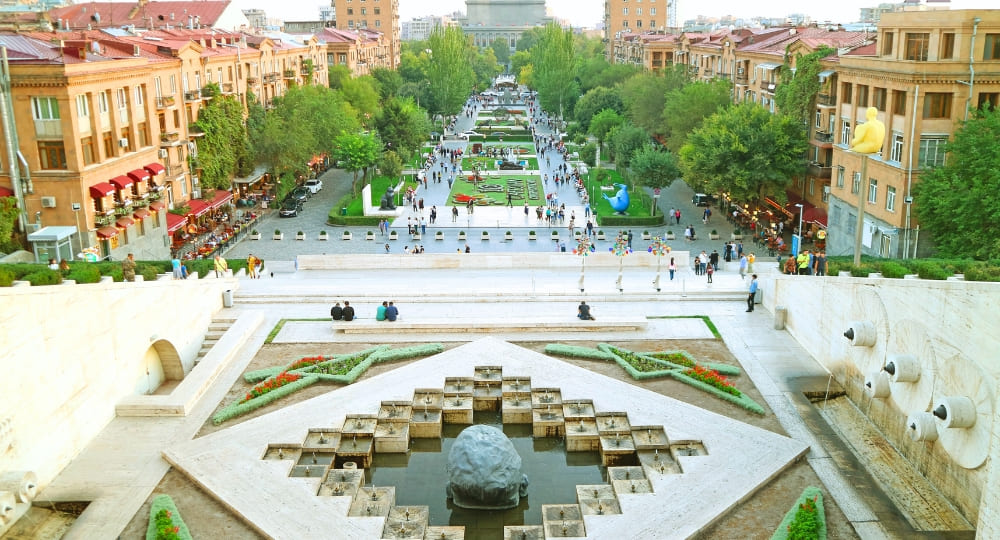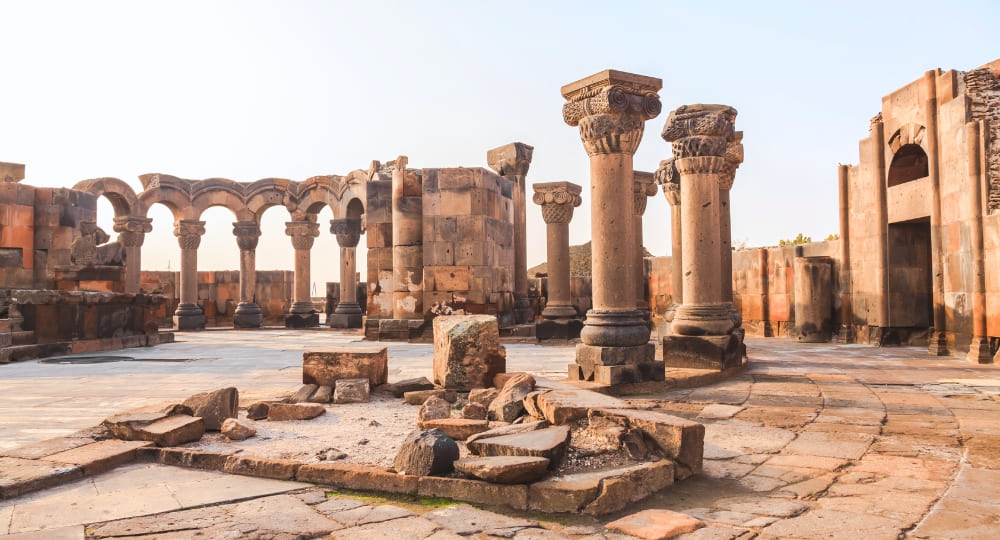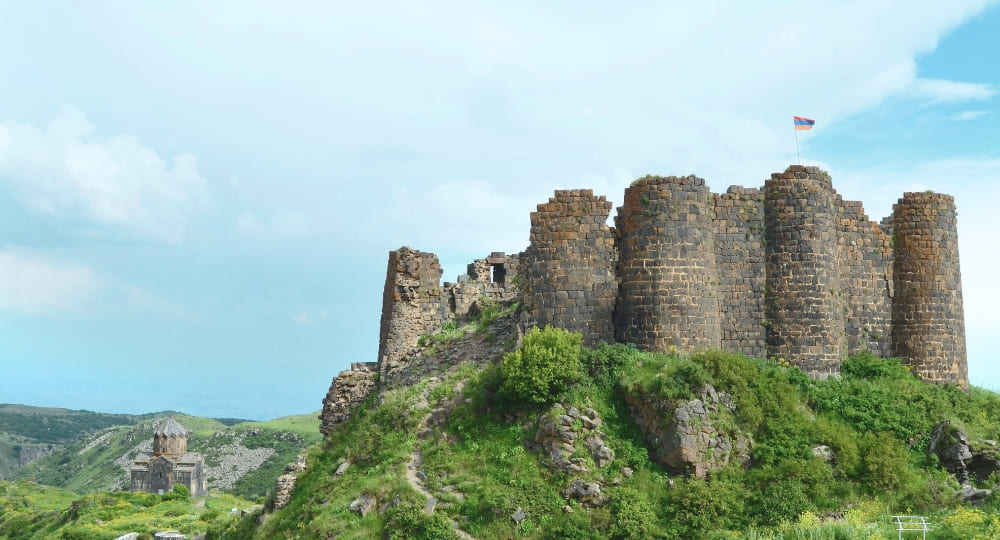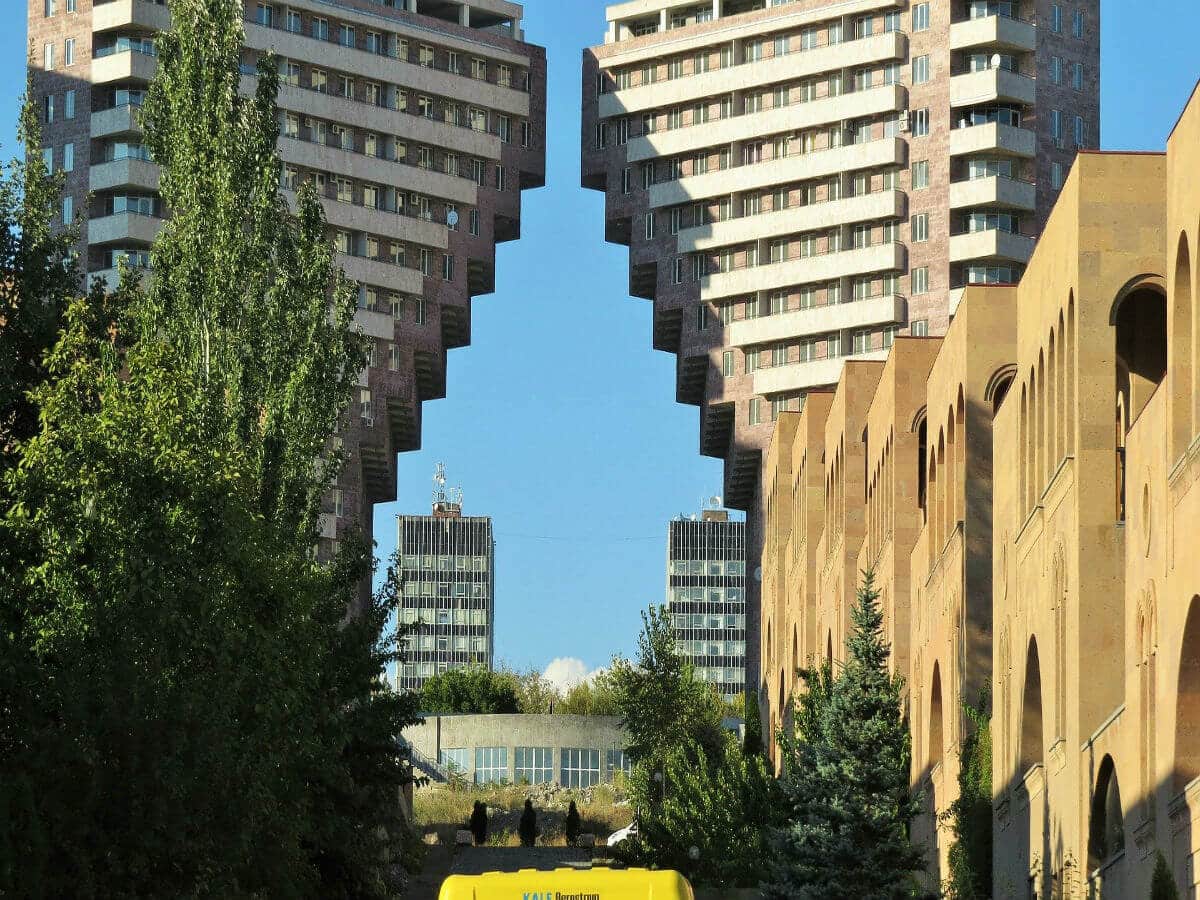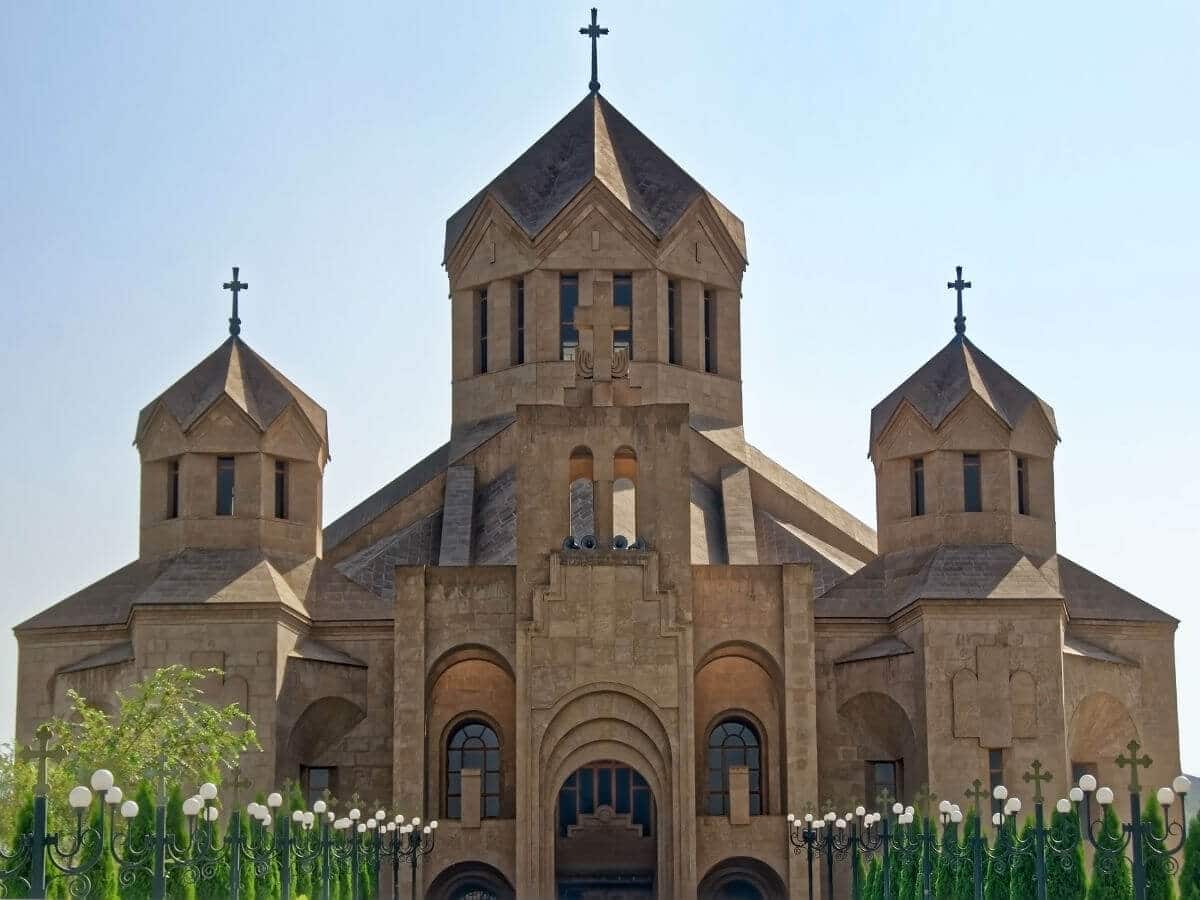Tour Packages
Armenia Tour Packages
SUPER DEAL PRICE
STARTS FROM
per person on twin sharing
ATMs are available in cities, rarely in villages.
Credit cards are widely accepted in cities.
Finding banks in cities is generally easy.
The legal drinking age in Armenia is 18.
Armenian residents are known for their hospitality.
Armenia - Visitors Statistics

Annually
22,00,000
Male51%
Female49%
By Purpose
Couples
For Newlywed Vacations
Family
For Family Vacations
Top Visitors from India
Delhi
Mumbai
Hyderabad
Bengaluru
Chennai
Kolkata
Pune
Ahmedabad
Kochi
Lucknow
All You Need To Know About Armenia
Situated in the Southern Caucasus region of West Asia is the country of Armenia. Despite its relatively small population, Armenia has so much to offer to tourists. Right from monasteries and cathedrals to its delicious local cuisine, you can explore it all with our Armenia tour packages. Known to be safe for travellers, the people of Armenia have the warmest presence and always extend their hospitality to each guest who visits their country. Let’s do a deep dive into the art, history, culture, cuisine, shopping scene, and tourist attractions of Armenia so you can understand why you must book our Armenia tour packages right away.
View All Armenia Tour Packages
FAQs:
Book Your Dream Vacay Today!


